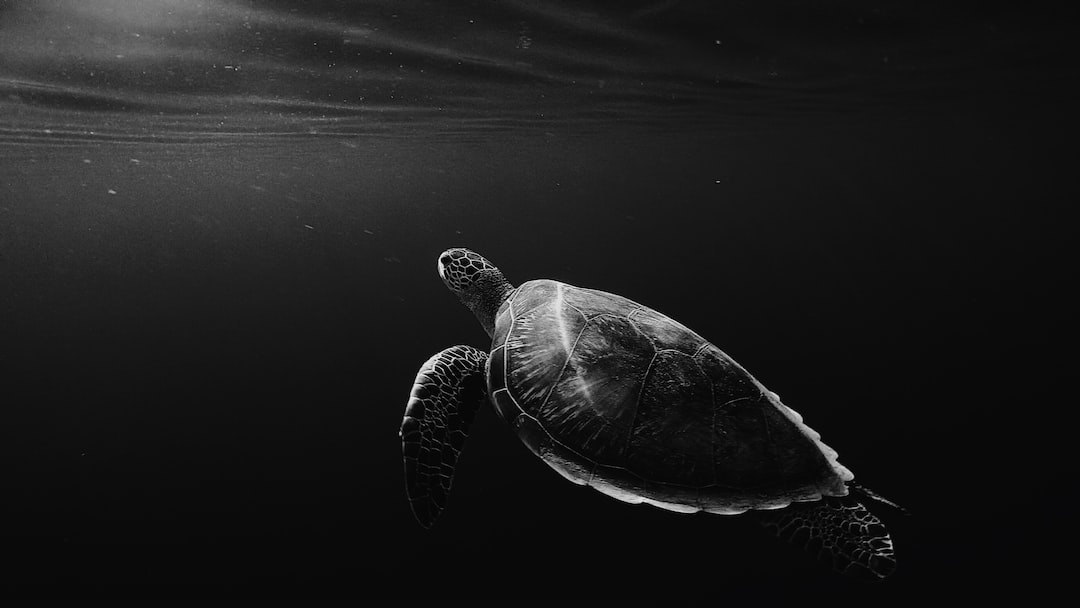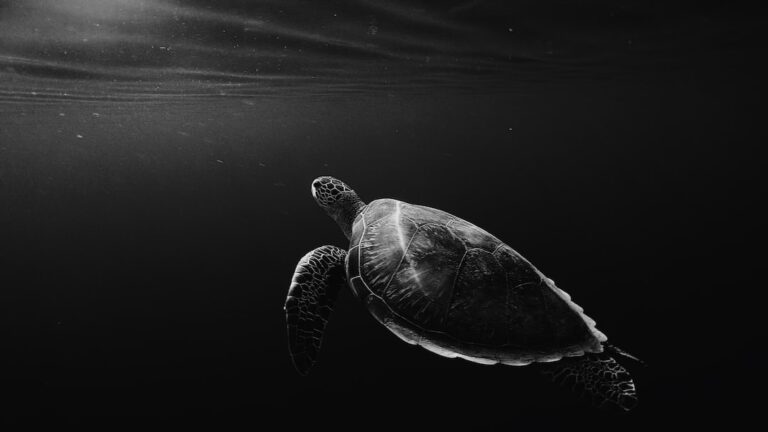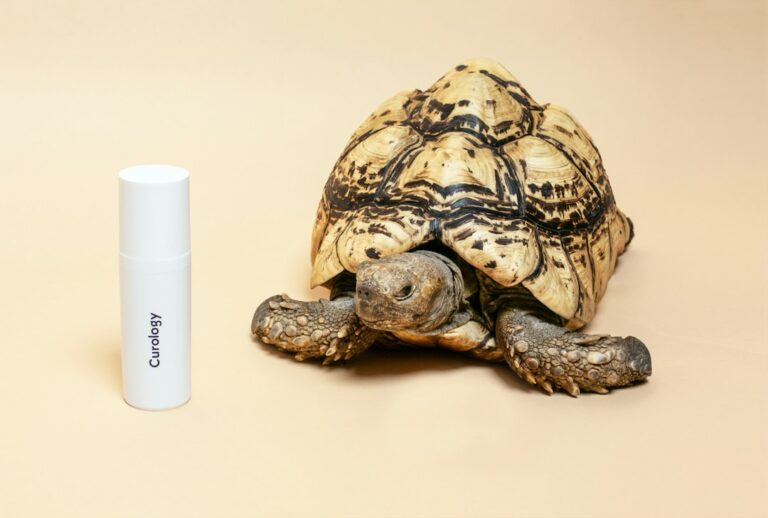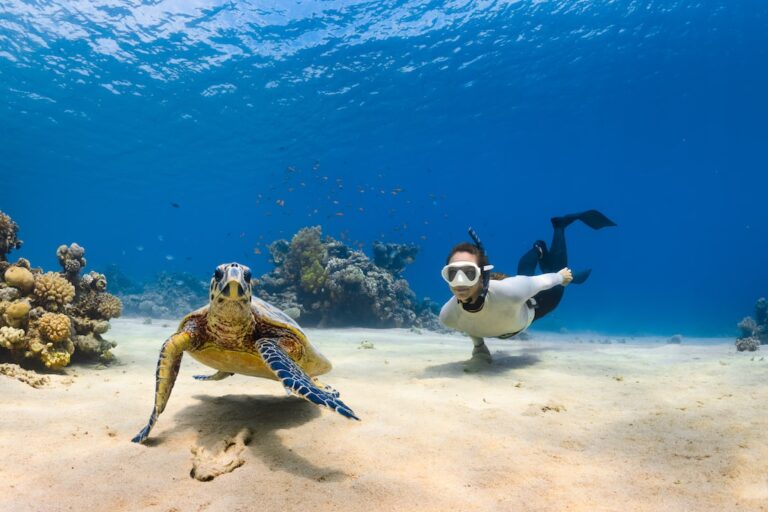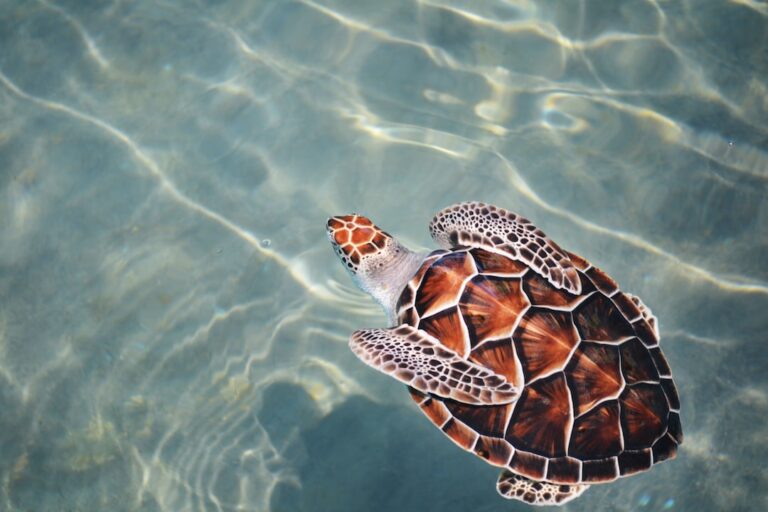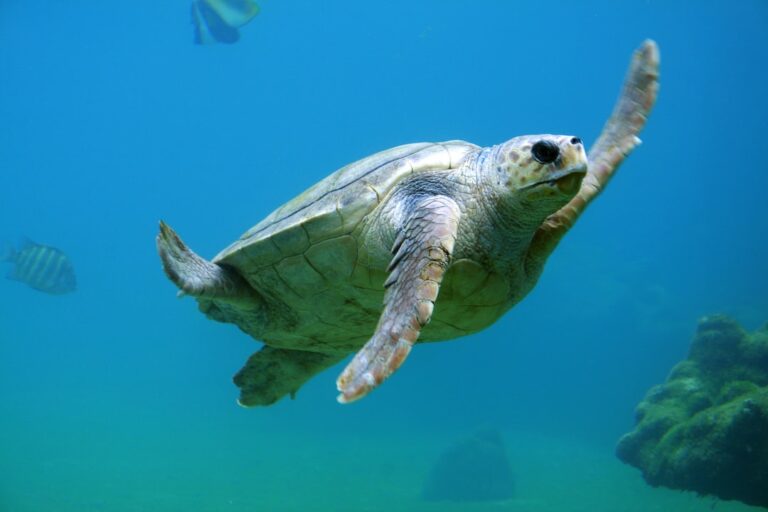Why Do Turtles Eat Their Poop?
Turtles are fascinating creatures with unique behaviors that contribute to their overall health and well-being. Understanding turtle behavior is crucial for their care, as it allows us to provide them with the appropriate environment and meet their specific needs. By observing and studying their behavior, we can gain insights into their natural instincts and adapt our care practices accordingly.
Turtles exhibit a wide range of behaviors, including basking in the sun, swimming, digging, and foraging for food. They are ectothermic, meaning their body temperature is regulated by external sources such as sunlight. This behavior is why you often see turtles basking on rocks or logs, as they need to absorb heat from the sun to maintain their body temperature.
Additionally, turtles have a unique ability to retract their head and limbs into their shell for protection. This behavior is known as “turtling” and is a defense mechanism against predators. Understanding these basic behaviors allows us to create an environment that mimics their natural habitat and promotes their overall well-being.
Table of Contents
Coprophagy: What is it and Why Do Turtles Do it?
Coprophagy is the act of consuming feces, which may seem strange or unappealing to us humans. However, for turtles, coprophagy serves an important purpose in their digestive process. When turtles eat their own feces or the feces of other turtles, they are engaging in coprophagy.
There are several reasons why turtles engage in coprophagy. One reason is that it allows them to extract additional nutrients from their food. Turtles have a slow metabolic rate, which means they require a longer time to digest their food fully. By consuming their feces, they can re-ingest partially digested food and extract more nutrients from it.
Another reason turtles engage in coprophagy is to maintain a healthy gut microbiome. The gut microbiome refers to the community of microorganisms that reside in the digestive tract and play a crucial role in digestion and overall health. By consuming feces, turtles introduce beneficial gut microbes into their system, which helps them break down food more efficiently and prevents the overgrowth of harmful bacteria.
It is important to note that coprophagy is a natural behavior for turtles and should not be discouraged or seen as abnormal. While it may seem unappealing to us, it is an essential part of their digestive process and contributes to their overall health and well-being.
The Nutritional Benefits of Eating Poop for Turtles
While the idea of eating feces may sound unappetizing to us, there are actually several nutritional benefits for turtles that engage in coprophagy. Feces contain a variety of nutrients that are beneficial for turtles, including vitamins, minerals, and proteins.
One nutrient that turtles obtain from coprophagy is vitamin B12. Vitamin B12 is essential for the proper functioning of the nervous system and the production of red blood cells. Turtles have a limited ability to absorb vitamin B12 from their diet, so by consuming feces, they can obtain this vital nutrient.
In addition to vitamin B12, feces also contain other vitamins such as vitamin K and biotin, which are important for various metabolic processes in turtles. Minerals such as calcium and phosphorus are also present in feces, which are crucial for maintaining healthy bones and shell development.
Furthermore, coprophagy provides turtles with additional protein sources. Turtles require protein for growth, tissue repair, and overall body maintenance. By consuming feces, they can obtain additional protein that may have been missed during the initial digestion process.
Overall, coprophagy allows turtles to extract additional nutrients from their food and ensure they are meeting their nutritional needs. While it may seem unconventional to us, it is a natural behavior that contributes to their overall health and well-being.
The Role of Gut Microbes in Turtle Digestion
Gut microbes play a crucial role in the digestion and overall health of turtles. The gut microbiome refers to the community of microorganisms that reside in the digestive tract and help break down food, extract nutrients, and prevent the overgrowth of harmful bacteria.
Coprophagy plays a significant role in maintaining a healthy gut microbiome for turtles. When turtles consume feces, they introduce beneficial gut microbes into their system. These microbes help break down complex carbohydrates and fiber that turtles are unable to digest on their own. They also produce essential vitamins and enzymes that aid in digestion.
One example of a beneficial gut microbe that turtles obtain from coprophagy is the bacterium Clostridium. Clostridium helps break down cellulose, a complex carbohydrate found in plant matter that turtles consume. Without the presence of Clostridium, turtles would struggle to extract nutrients from plant-based foods.
Another example is the bacterium Bacteroides, which helps break down complex proteins into simpler forms that turtles can absorb more easily. This process is crucial for protein digestion and ensures that turtles are obtaining the necessary amino acids for growth and maintenance.
By engaging in coprophagy, turtles maintain a healthy balance of gut microbes, which contributes to their overall digestive health. It allows them to efficiently break down food, extract nutrients, and prevent the overgrowth of harmful bacteria.
Coprophagy in Wild vs Captive Turtles: Differences and Similarities
Coprophagy behavior can vary between wild and captive turtles due to differences in their environment and food availability. In the wild, turtles have access to a wide variety of food sources, including plants, insects, fish, and other small animals. This diverse diet allows them to obtain a range of nutrients without relying solely on coprophagy.
In contrast, captive turtles often have a more limited diet, consisting mainly of commercially available turtle pellets. These pellets are formulated to provide the necessary nutrients for turtles, but they may not contain all the essential vitamins and minerals found in a wild diet. As a result, captive turtles may rely more heavily on coprophagy to meet their nutritional needs.
Factors such as stress and overcrowding can also influence coprophagy behavior in both wild and captive turtles. In stressful or overcrowded environments, turtles may engage in coprophagy more frequently as a way to obtain additional nutrients and maintain their health.
Despite these differences, there are also similarities in coprophagy behavior between wild and captive turtles. Both wild and captive turtles engage in coprophagy to extract additional nutrients from their food and maintain a healthy gut microbiome. It is a natural behavior that contributes to their overall health and well-being, regardless of their environment.
Coping with Poor Nutrition: How Turtles Adapt to Limited Food Resources
Turtles have evolved various adaptations to cope with limited food resources in their natural habitats. These adaptations allow them to survive in environments where food availability may be scarce or seasonal.
One adaptation is the ability to slow down their metabolic rate. Turtles have a slow metabolic rate, which means they require less food compared to other animals of similar size. This allows them to conserve energy and survive for longer periods without food.
Turtles also have the ability to store excess nutrients in their bodies. For example, they can store calcium in their bones and shell, which can be used during times of limited food availability. This adaptation ensures that turtles have a reserve of essential nutrients even when food is scarce.
Additionally, turtles have the ability to adjust their feeding behavior based on food availability. They can switch between different food sources depending on what is available at a given time. For example, if plant matter is scarce, they may switch to a diet consisting mainly of insects or small animals.
Coprophagy is another adaptation that helps turtles cope with limited food resources. By consuming their own feces or the feces of other turtles, they can re-ingest partially digested food and extract additional nutrients from it. This behavior allows them to make the most of the limited food resources available to them.
Overall, turtles have evolved various adaptations to survive in environments with limited food resources. Coprophagy is just one of many strategies they employ to ensure their survival and maintain their health.
Coprophagy and Disease Prevention in Turtles
Coprophagy plays a crucial role in disease prevention for turtles. By consuming feces, turtles can prevent the overgrowth of harmful bacteria in their digestive tract and maintain a healthy gut microbiome.
The gut microbiome is essential for the overall health and immune function of turtles. It helps break down food, extract nutrients, and prevent the colonization of pathogenic bacteria. When the balance of gut microbes is disrupted, it can lead to digestive issues and an increased risk of disease.
By engaging in coprophagy, turtles introduce beneficial gut microbes into their system, which helps maintain a healthy balance. These microbes produce antimicrobial compounds that inhibit the growth of harmful bacteria and promote a healthy digestive environment.
One example of a disease that can be prevented through coprophagy is shell rot. Shell rot is a fungal or bacterial infection that affects the shell of turtles. It can be caused by poor water quality or inadequate hygiene practices. By consuming feces, turtles can prevent the overgrowth of bacteria that may contribute to shell rot and maintain a healthy shell.
Additionally, coprophagy helps turtles eliminate parasites from their system. Some parasites are passed out in the feces, and by consuming their own feces or the feces of other turtles, they can prevent reinfection and reduce the parasite load in their body.
Overall, coprophagy plays a vital role in disease prevention for turtles. It helps maintain a healthy gut microbiome, prevents the overgrowth of harmful bacteria, and reduces the risk of infections and diseases.
Coprophagy and Reproductive Success in Turtles
Coprophagy can have a significant impact on the reproductive success of turtles. By consuming feces, turtles can obtain additional nutrients that are essential for reproductive processes and the development of eggs.
During the breeding season, female turtles require an increased intake of nutrients to support egg production. By engaging in coprophagy, they can obtain additional protein, vitamins, and minerals that are necessary for egg development. This ensures that they have the necessary resources to produce healthy and viable eggs.
Coprophagy also plays a role in male turtle reproductive success. Male turtles require sufficient energy and nutrients to engage in courtship behaviors and compete for mates. By consuming feces, they can obtain additional energy and nutrients that contribute to their overall reproductive fitness.
Furthermore, coprophagy helps maintain a healthy gut microbiome in both male and female turtles. A healthy gut microbiome is crucial for reproductive success as it ensures efficient digestion and nutrient absorption. It also helps prevent the overgrowth of harmful bacteria that may interfere with reproductive processes.
Overall, coprophagy is an important behavior for turtle reproductive success. It provides turtles with the necessary nutrients for egg production and courtship behaviors and contributes to their overall reproductive fitness.
Coprophagy and Social Behavior in Turtles
Coprophagy can also influence social behavior in turtles. In some species, coprophagy serves as a form of communication or bonding between individuals.
For example, in some species of turtles, coprophagy is observed during courtship rituals. Male turtles may present feces to females as a way to communicate their readiness to mate. By consuming the feces, females may be able to assess the male’s health and reproductive fitness.
Coprophagy can also be observed in social groups of turtles. In these groups, turtles may engage in mutual coprophagy, where they consume each other’s feces as a form of social bonding. This behavior helps maintain a healthy gut microbiome within the group and promotes overall social cohesion.
Additionally, coprophagy can influence the establishment of dominance hierarchies within turtle populations. In some species, dominant individuals may engage in coprophagy more frequently than subordinate individuals. This behavior may serve as a way to assert dominance and maintain social order within the group.
Overall, coprophagy can have a significant impact on social behavior in turtles. It can serve as a form of communication, bonding, and social hierarchy establishment within populations.
Coprophagy as a Natural and Necessary Behavior in Turtles
In conclusion, coprophagy is a natural and necessary behavior for turtles. It allows them to extract additional nutrients from their food, maintain a healthy gut microbiome, prevent disease, and contribute to their overall health and well-being.
Understanding and supporting coprophagy is crucial for the care of turtles, whether they are in the wild or captivity. By providing them with a diverse diet and an environment that mimics their natural habitat, we can ensure that they have access to the necessary resources for coprophagy.
As turtle owners and enthusiasts, it is our responsibility to educate ourselves about turtle behavior and provide them with the appropriate care. By understanding and supporting coprophagy, we can contribute to the health and well-being of these fascinating creatures and help maintain healthy turtle populations for generations to come.
If you’re interested in learning more about reptile behavior, you might find the article “Why Do Turtles Slap Each Other?” intriguing. It delves into the fascinating world of turtle communication and explores the reasons behind this peculiar behavior. To read more about it, click here.

